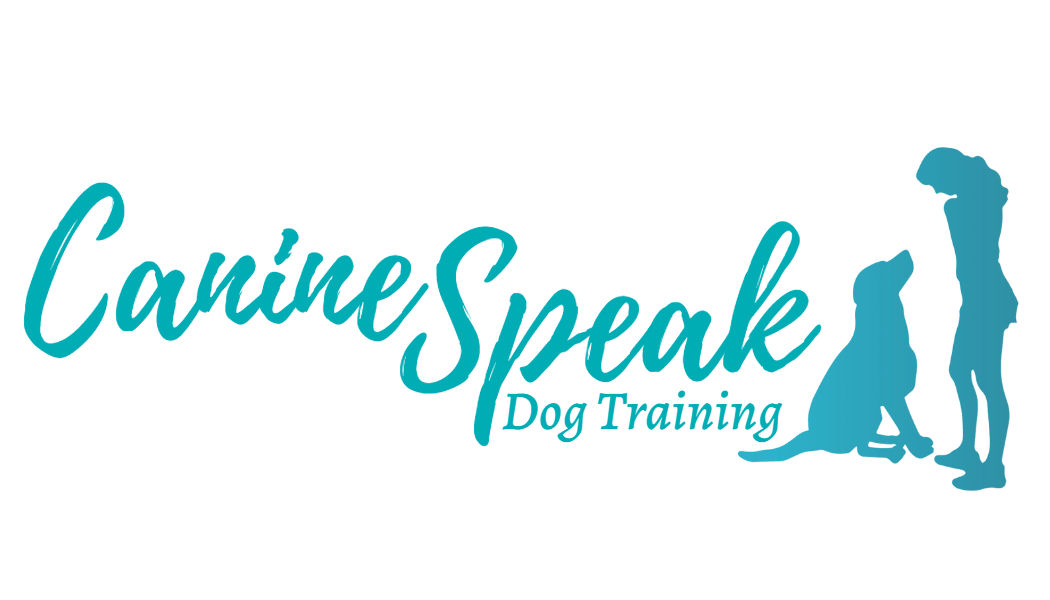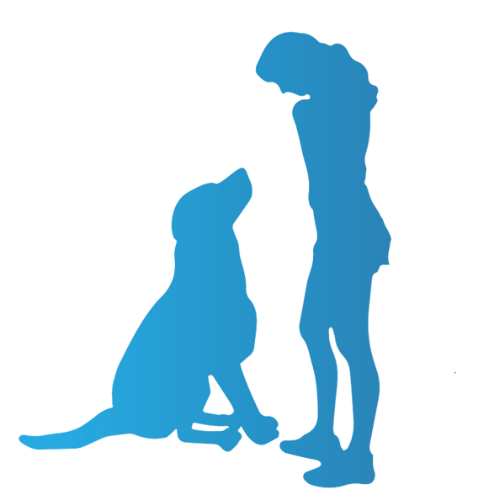The Power of Cues in Dog Training: Why I Prefer Them Over Commands
Terminology in dog training can be a spicy topic. I used to use commands in my dog training- after all, how else am I going to get my dog to behave?
However, once I became more educated on how dogs actually learn and process information, I found that cues can be far more useful in dog training than commands and that they can help your dog make better decisions on their own. This subtle shift in thinking about your dog’s learning can transform the experience for you both.
What is the Difference?
A command typically implies that the human has given a direct order of a dog. This is expected to be without feedback from the dog and the dog is expected to comply. This usually requires the human to be available to give the command.
A cue is a signal or prompt that elicits a specific behavior. Think of a dancer or actor who have different cues on stage to tell them where they should be when “X” happens. This build communication and cooperation between both the dog and person.
Even better… cues can occur even without the human present! Meaning your dog can behave even if you are not there.
Cues Are More Adaptable
Cues can be anything that your dog can perceive. Sounds, sights, smells, tastes, surfaces. This allows them to be flexible for different contexts and environments!
You can very much use a word as a cue similarly as you would a command. “Sit” to cue your dog to put his bottom on the ground.
But here are some other ways that we can use cues with our dogs…
Grabbing the leash to go for a walk = Dog is cued to go to the front door and sit calmly while you clip the leash.
Friendly stranger coming to say “Hi” = Dog is cued to keep all 4 paws on the floor so he can be pet.
Food is on the counter = Dog is cued to go find their person to ask for a treat or chew.
Dog sees another dog on a walk = Dog is cued to look to his owner instead of pull towards the other dog.
In these examples, no words had to be used by a human, the dog saw the context clues from the environment and, because training was done to teach the dog what those contexts meant, the dog is able to make good choices.
Cues Help Us Dissect and Fix Behavior Problems
When we think of the world as different cues to your dog’s behavior, this helps us plan out how we can change it. The sound of the doorbell ringing may be a cue for your dog to bark and rush to the door.
Instead of you having to command your dog to “Be quiet!” and “Go lay down!” we can make the initial doorbell ringing sound the cue for your dog to remain quiet and go to his bed.
Instead of your dog bolting out the front door when it is left open, your dog can be taught that an open door is a cue to stay behind the threshold until they are called through. In this instance, your dog will be much safer as you don’t need to even be present to tell your dog to “Stay”. The Stay is built into the cue of the open door.
Instead of thinking what you don’t want your dog to do, ask yourself what you want them to do instead!
Then make the initial trigger a cue!
An Active Participant!
When a dog is trained using cooperative-based training they become active participants in their training, instead of waiting for you to tell them what to do.. or worse- making the wrong decision.
In this collaborative approach to training, we embrace cues as signals for desirable behaviors, instead of something we have to be on the constant alert of and react to. It can be a big confidence booster for anxious or fearful dogs because they will know what to do in a given situation even if you don’t tell them. For all dogs it fosters a sense of engagement as they learn to associate certain cues with desirable behaviors and outcomes.
And you don’t feel like you have to constantly nag your dog to listen!



